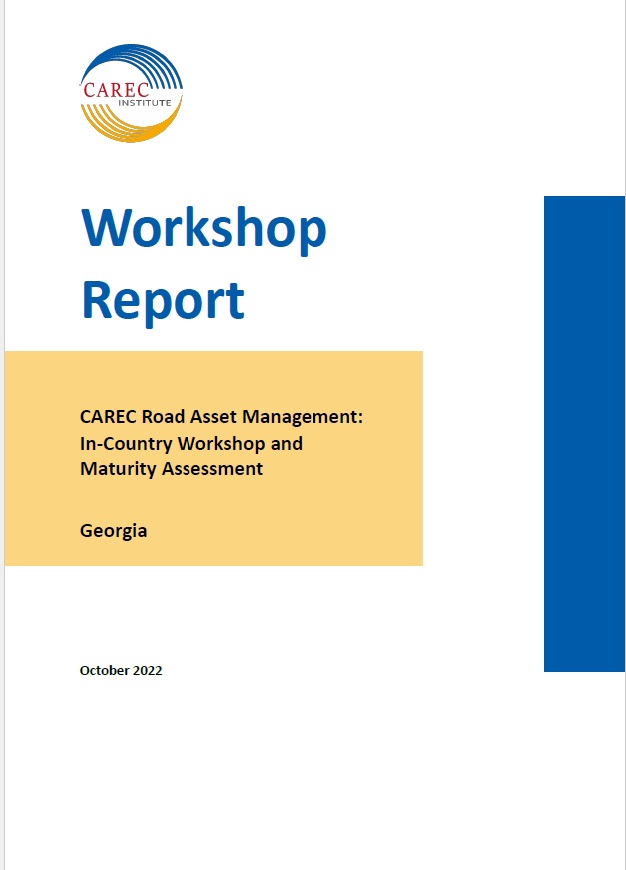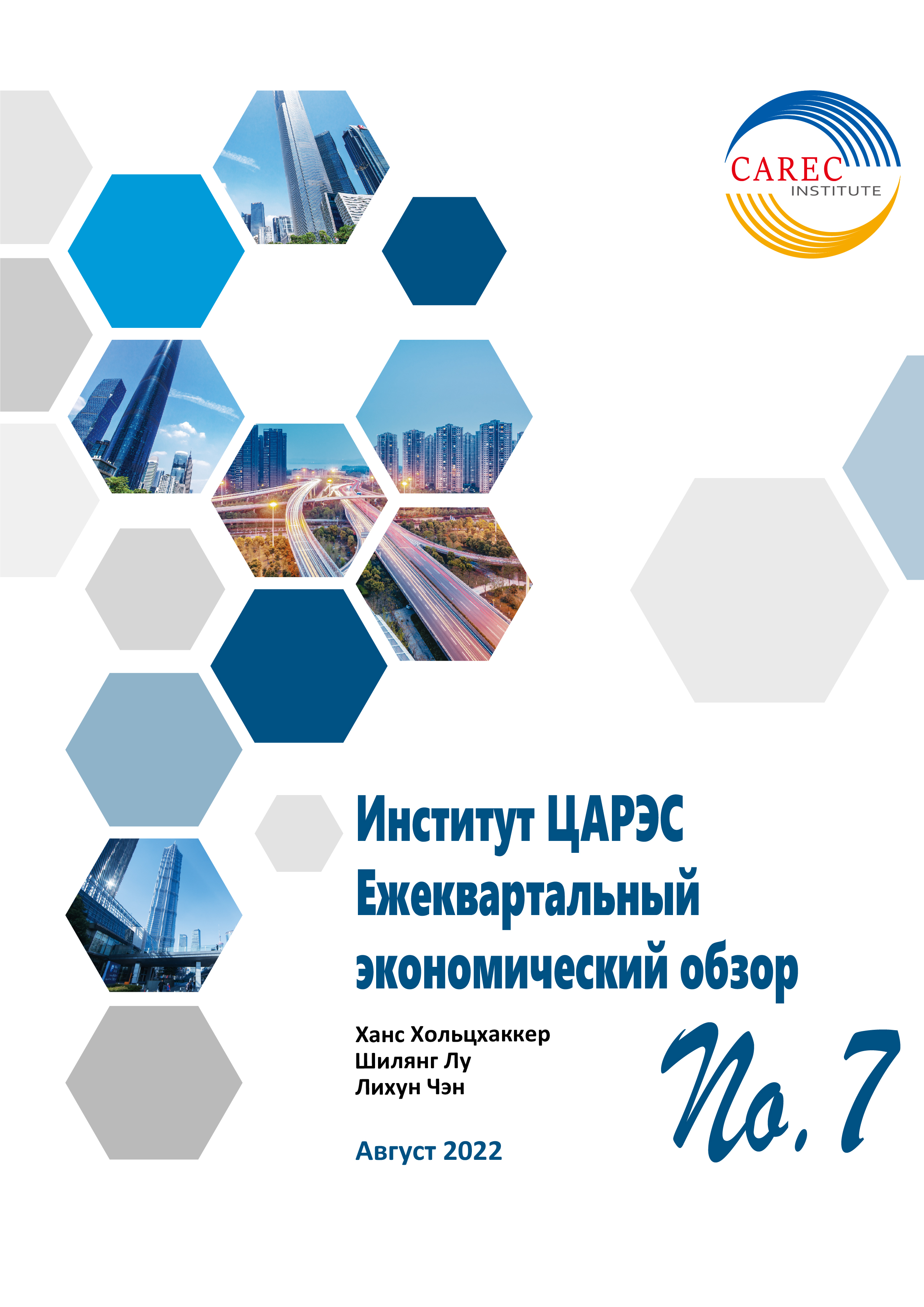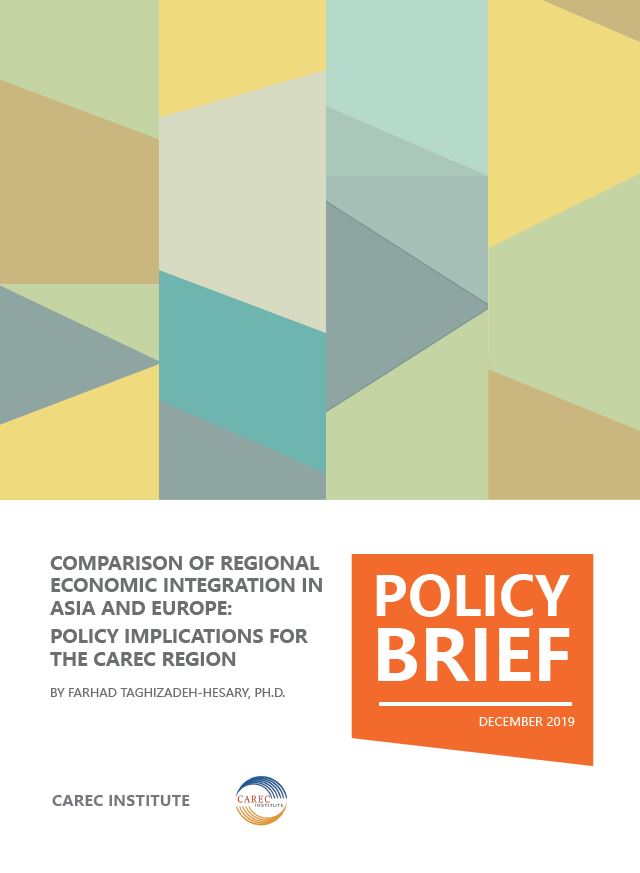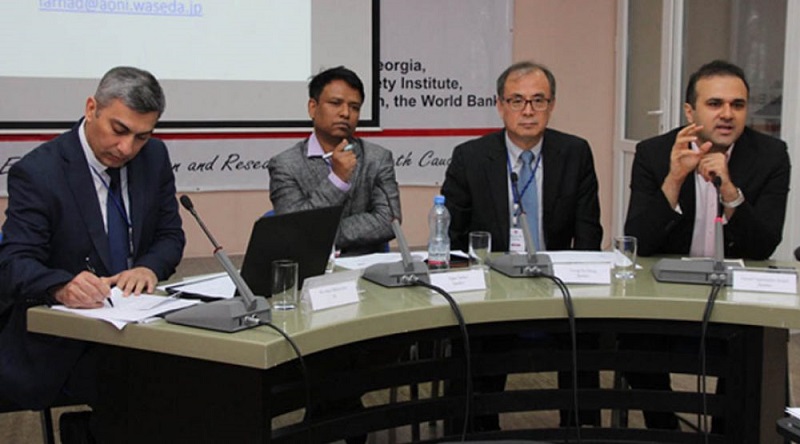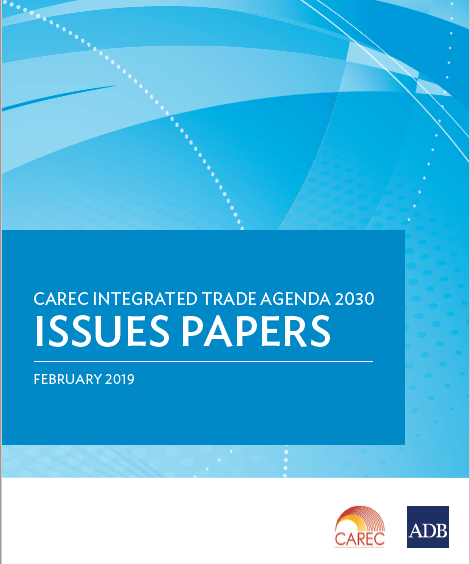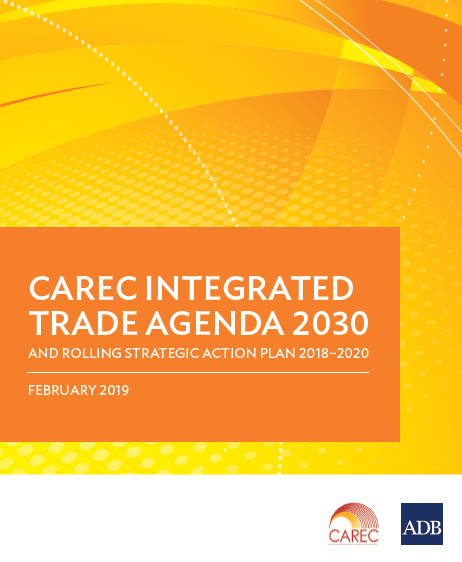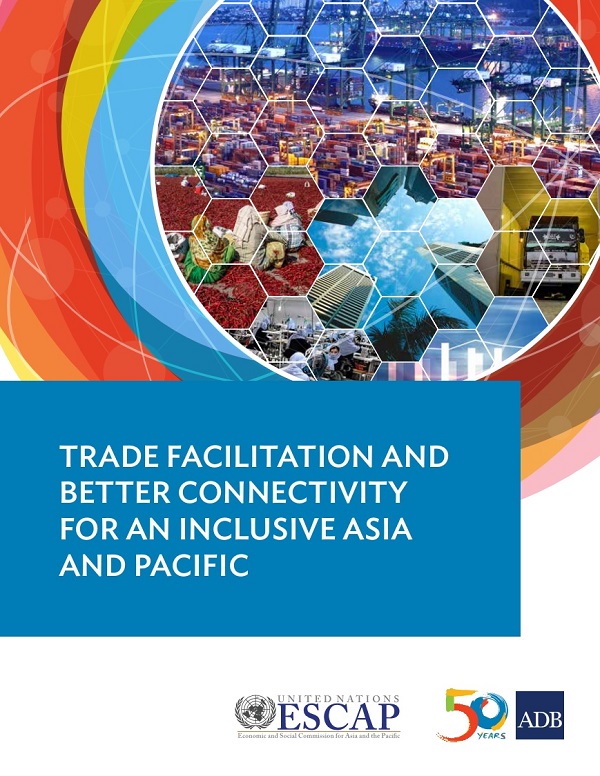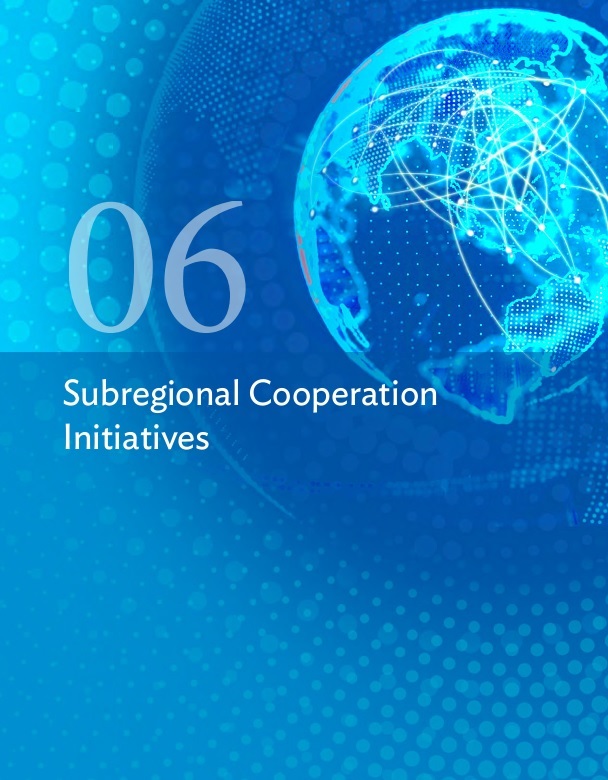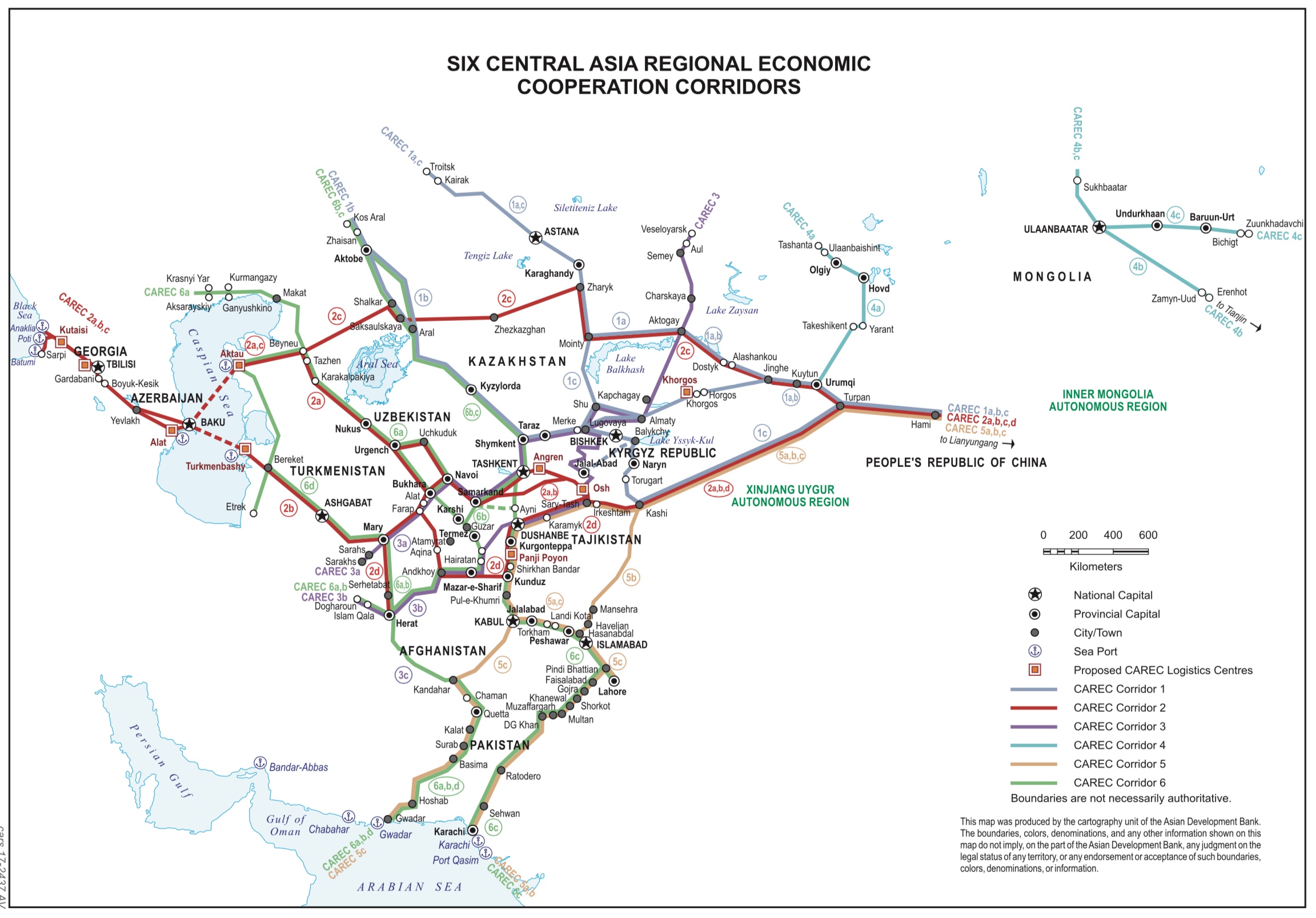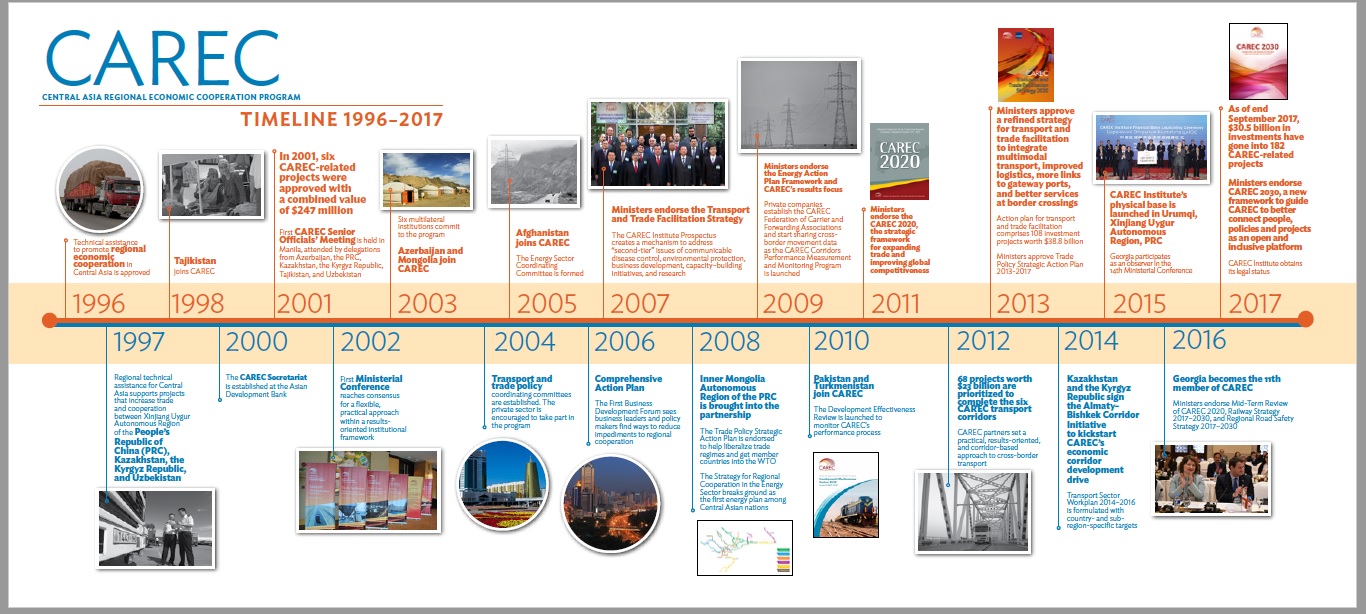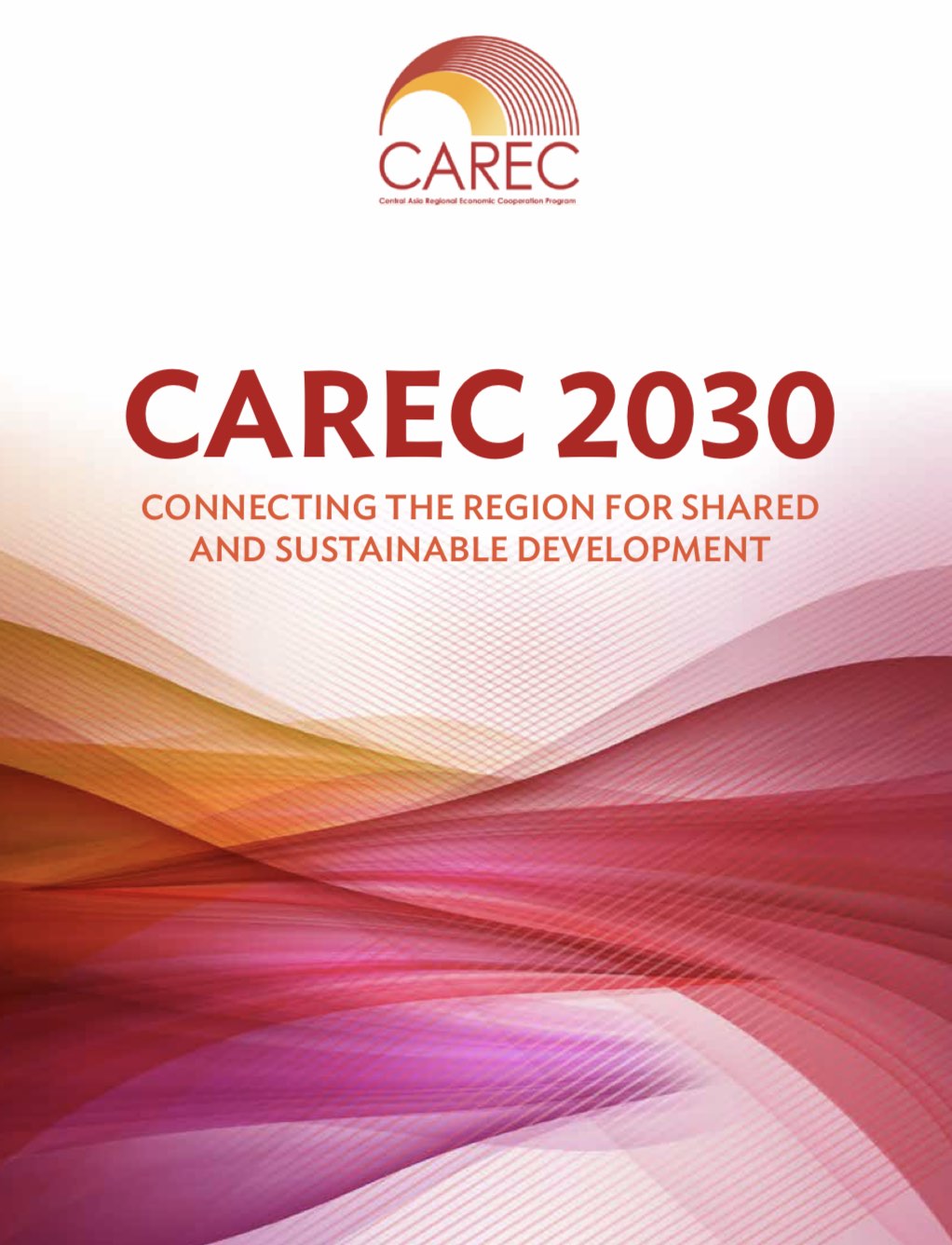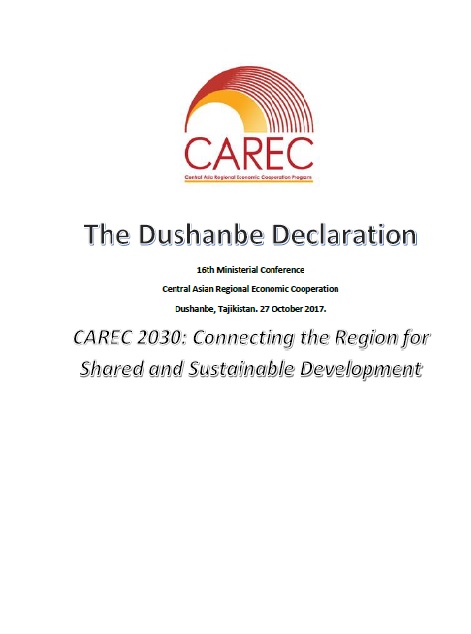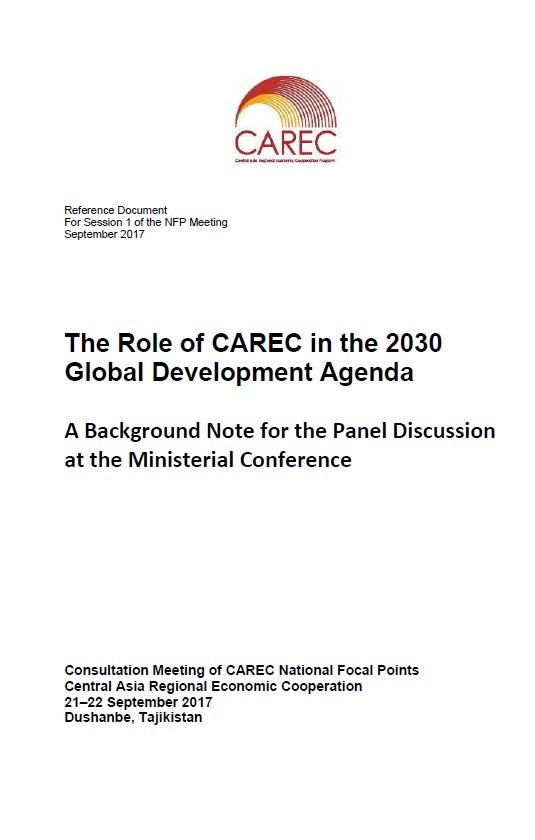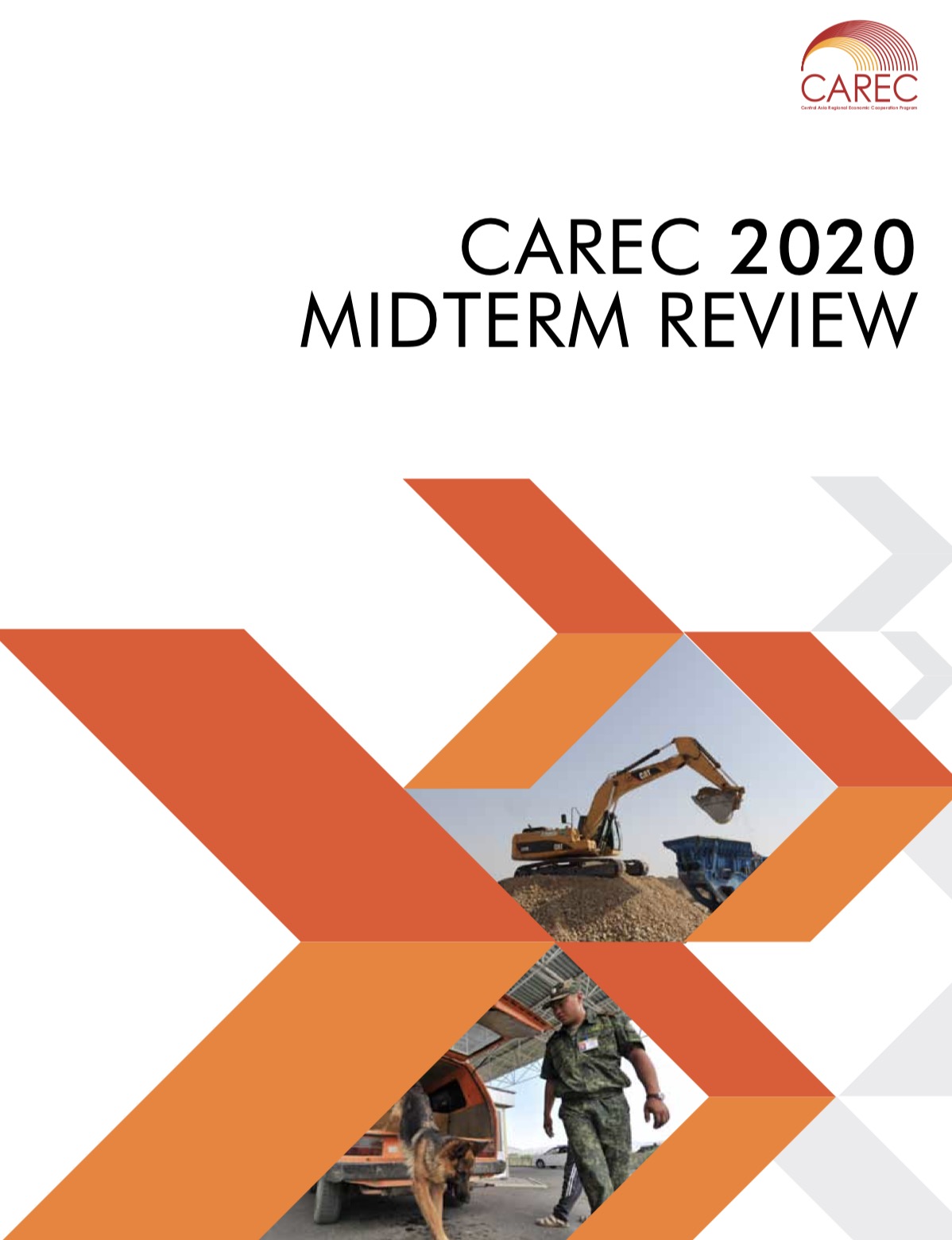Publications
All Publications
Comparison of Integration in Asia & Europe: Policy Brief for CAREC
This policy brief emerged from a joint workshop by the CAREC Institute and the Asian Development Bank Institute (ADBI) on the topic of comparison of economic integration in Asia and Europe on 30-31 July 2019 in Tbilisi, Georgia.
DownloadWorkshop Proceedings: Comparison of Economic Integration in Asia and Europe, August 2019
Read workshop proceedings of a joint workshop of the CAREC Institute, the Asian Development Bank Institute (ADBI), the Ministry of Economy and Sustainable Development of Georgia, and the International School of Economics at Tbilisi State University (ISET) on the topic of comparison of economic integration in Asia and Europe held during 30-31 July 2019 in Tbilisi, Georgia.
DownloadCAREC Integrated Trade Agenda 2030 Issues Paper
This publication provides briefings on key trade issues in Central Asia: (i) addressing technical barriers to trade, (ii) expanding trade in services, (iii) engaging in regional trade agreements, and (iv) establishing special economic zones. These issues are priorities under the CAREC Integrated Trade Agenda 2030. This set of short papers aims to support policy deliberations and implementation at the regional and national levels
DownloadCAREC Integrated Trade Agenda 2030 and Rolling Strategic Action Plan 2018-2020
This publication discusses how the CAREC Program can enhance trade by addressing key challenges, including poor market access, limited economic diversification, and weak institutions for trade. CAREC’s new trade strategy leverages on the successes of past CAREC trade work built on mutual trust and collective efforts. It is designed to foster deepened regional cooperation and integration
DownloadTrade Facilitation and Better Connectivity for an Inclusive Asia and Pacfic
Trade helps drive inclusive growth and poverty reduction. Strong value added from trade-related activities contributes to economic growth and development in developing Asia. Global trade helps reallocate capital and labor toward sectors with comparative advantage.
DownloadSubregional Cooperation Initiatives
The Central Asia Regional Economic Cooperation(CAREC) Program has established six corridors that crisscross the region, shortening structural distances for people and freight. It continues to chip away at barriers to trade by improving hardware and software elements that require cooperation between neighbors and the region in general.
DownloadCAREC 2030: Connecting the Region for Shared and Sustainable Development
CAREC 2030 provides the new long-term strategic framework for the Central Asia Regional Economic Cooperation (CAREC) Program leading to 2030.
DownloadCAREC- the Dushanbe Declaration 2017
We, the Ministers representing the Governments of Afghanistan, Azerbaijan, People’s Republic of China, Georgia, Kazakhstan, Kyrgyz Republic, Mongolia, Pakistan, Tajikistan, Turkmenistan and Uzbekistan, adopt the following declaration after the 16th Ministerial Conference on Central Asia Regional Economic Cooperation (CAREC) program in Dushanbe, Tajikistan on 27 October 2017.
DownloadThe Role of CAREC in the 2030 GD Agenda
A Background Note for the Panel Discussion at the Ministerial Conference
DownloadAsia-Pacific Regional Integration Index: Construction, Interpretation, and Comparison
We develop an index to measure the degree of regional integration in Asia and the Pacific (48 economies in six subregions). The index comprises 26 indicators in six dimensions of regional integration, i.e., trade and investment, money and finance, regional value chains, infrastructure and connectivity, free movement of people, and institutional and social integration.
Download